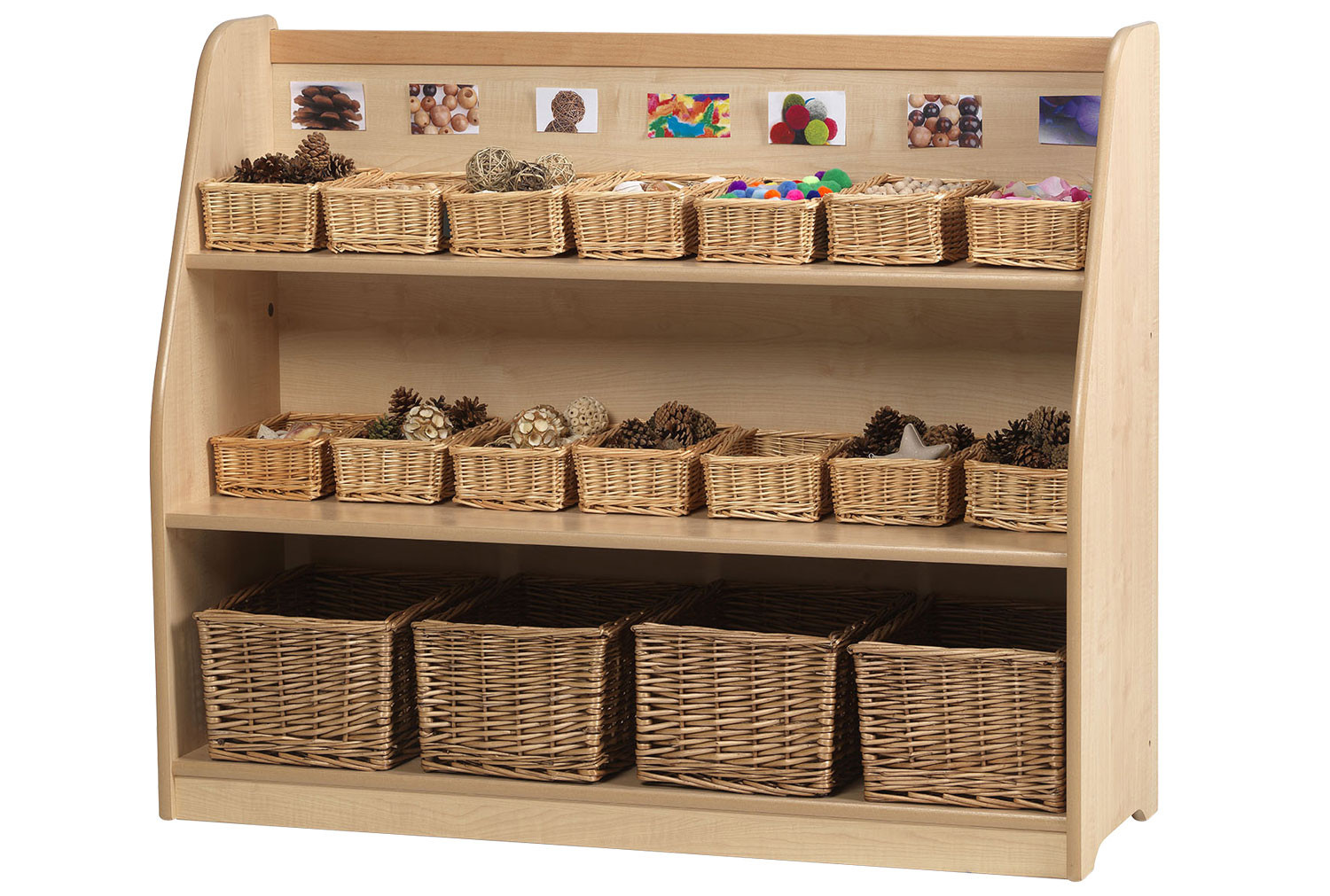This time of year is always a good time to take stock and have a bit of a clear out. Use our simple step-by-step guide as your plan for getting sorted…
As the summer comes to an end, this is a great opportunity for you to review the resources that you use and how you store them.
STEP 1
Empty everything out and take stock. This is a messy process, but a necessary one. You need to see everything together, and rediscover those old dried paints you’d forgotten at the back of the cupboard! Consider each resource and think about how long it is since it was last used. Anything that hasn’t been used for a year goes in the Gone pile. Anything that hasn’t been used in six months or so goes in a Maybe pile. Anything else is kept.
STEP 2
Go through the Maybe pile and think about a new use for the items. Ask yourself the following questions: How did we use it? What worked? What didn’t work? What could we do differently? Your answers to these questions could be the key to how you might re-purpose the resource. Perhaps you could use it with a different group of people, use it in a different way, add extra resources to make it work more effectively, use parts of the resource as a talking point. If you can’t use it, it goes in the Gone pile.
STEP 3
Once you have a completed Gone pile, suggest that other local care homes, community groups or play centres might want to come and see if they can make use of any of it. Anything else goes to charity shops. Ask residents to help sort things out into different piles so it’s easy for people to see what you have to offer.

STEP 4
Now is the time to look at what else you might need. Have a think about whether you have resources to meet individual resident’s needs. Make a list of residents and put items against their names that you know they use and love. Are there any residents with very little or nothing next to their names? Have a think about what might support them – specialist magazines, puzzles, DIY tools, etc.
STEP 5
Now look through your monthly plans and your yearly plans. Think about any gaps you have in resources and make a wish list of the items you need. Split your wish list into short, medium and longer term (eg for the expensive items), then create a plan of how you are going to get the items you need by fundraising, asking for donations and so on. Set aside a certain amount of your budget each month to invest in resources.
STEP 6
Now you’ve got to put it all away! If you are blessed with a decent space, organise things into sturdy plastic boxes and files that are clearly labelled, stack easily and simple to get at. You could sort things by activity, alphabetically, or even days of the week. Make it logical so that not only you, but also the rest of the care team, and even some residents, can get the things they need. Have a contents page for each box, and ensure you know where each box is going to be placed. Draw a plan so that when others need to find anything, they can refer to it.

STEP 7
If you need a bit more space, take a walk around the care home and see if there’s an area not being used that could be turned into a cupboard. Ask maintenance to put up some more shelves or consider investing in a storage system such as this or this.
STEP 8
It’s good to have resources left about the home for other team members to use with the residents or for the residents to use independently. To make space in your storeroom, put items around the home for people to use: books, games, colouring-in sheets and crayons, reminiscence boxes, gardening tools, etc. Make featured areas which look appealing when visitors and managers walk around the home, and most importantly, are engaging for the residents. Ensure they are at a level where residents can reach them.




